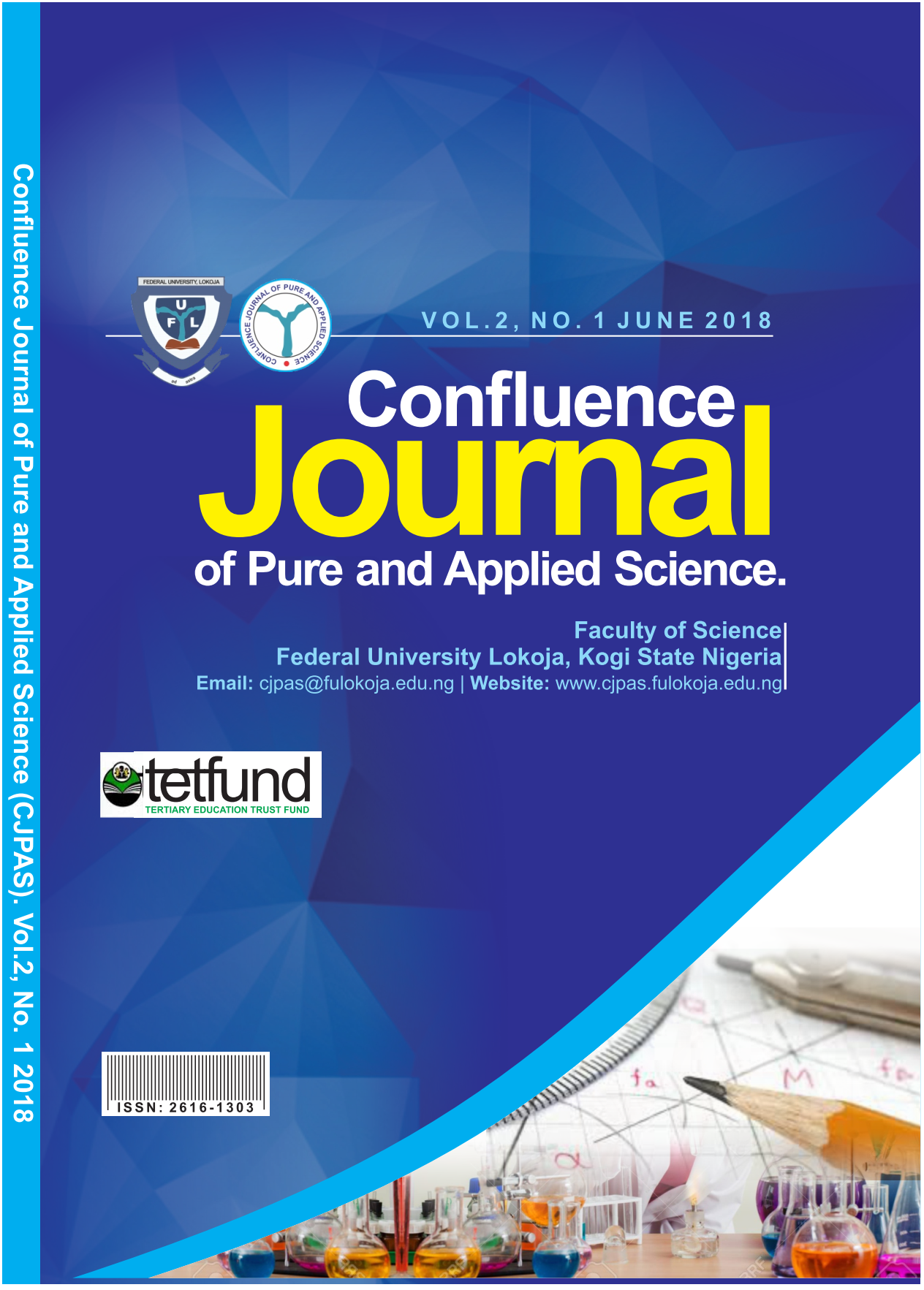EVALUATION OF POST WEANING MORPHOMETRIC TRAITS AMONG FOUR BREEDS OF RABBITS IN HUMID TROPICS
Keywords:
Morphometric traits, Weaning, Rabbit, Humid tropicsAbstract
Rabbit breeding is aimed at increasing post-weaning growth which invariably determines subsequent performances in rabbits. The growth performance of ninety-six (96) rabbits of four breeds (California white, Palomino brown, New Zealand white and Havana black) was monitored from weaning (4 weeks) to 12 weeks. New Zealand white had the highest body weight (1320.59 ±20.04g) followed by California and Palomino brown while Havana black had the least weight record (991.65 ± 15.06g). The highest body length mean of 32.00 ±0.41cm was recorded for Californian while Havana black had the least value. New Zealand white also had the widest girth (27.25±0.75cm) followed by Californian, Palomino brown and Havana black. All the breeds studied had almost the same mean value for head length at week 12. Body weight and other morphometric traits(body length, earlength, head length) differed significantly between bucks and does at 8 weeks and 12 weeks of age. It was observed that males had slightly higher values in body weight, body length and ear length than females. Hearth girth of rabbits did not differ significantly (p >0.05) between the sexesof rabbits at any age. The head length of female rabbits had higher values of head length than those of male rabbit their female at age 8 and 12 weeks. In conclusion, New Zealand white had better growth performance compared with Californian, Palomino brown and Havana black in a humid tropical environment.
Downloads
Downloads
Published
Issue
Section
License
Copyright (c) 2018 Confluence Journal of Pure and Applied Science

This work is licensed under a Creative Commons Attribution 4.0 International License.



